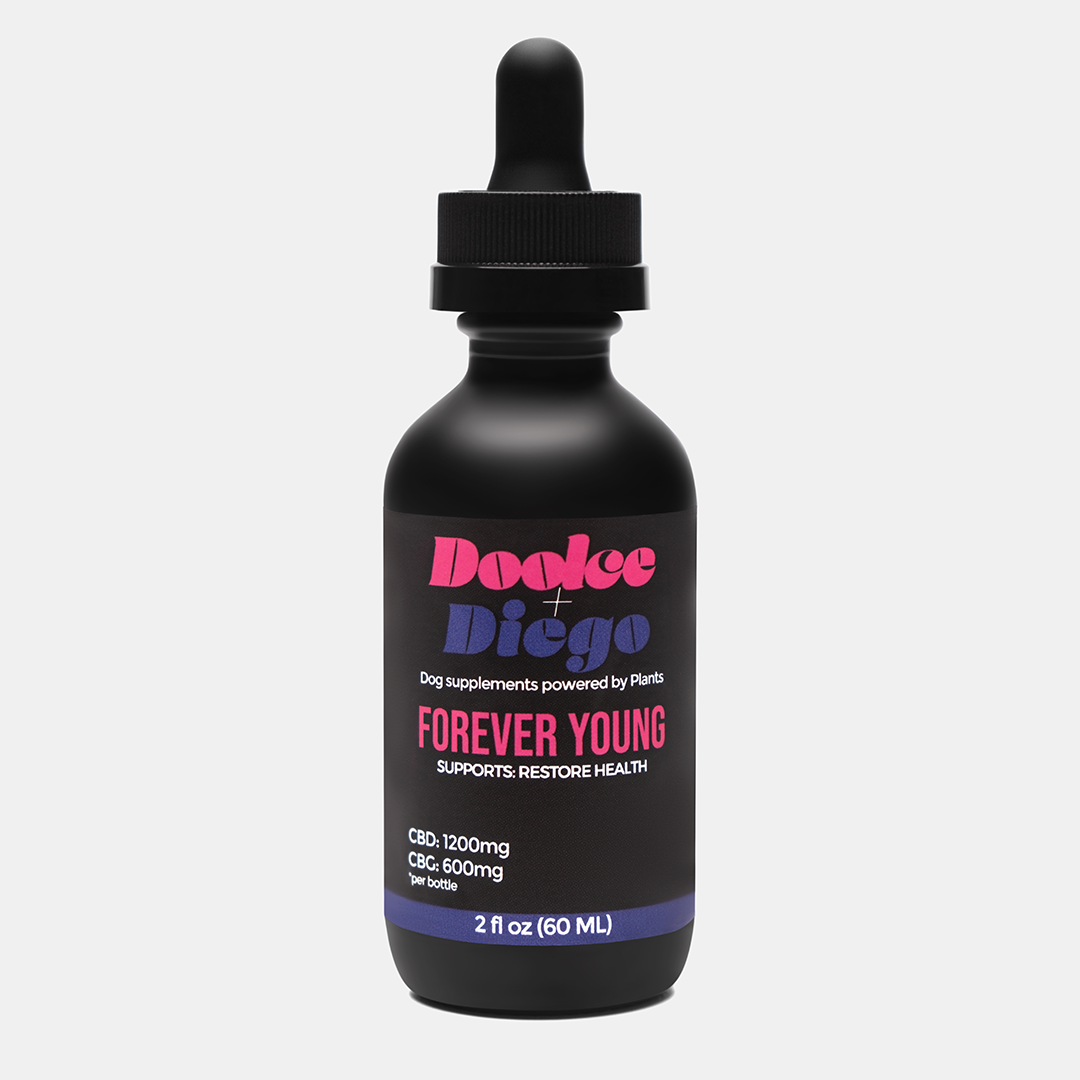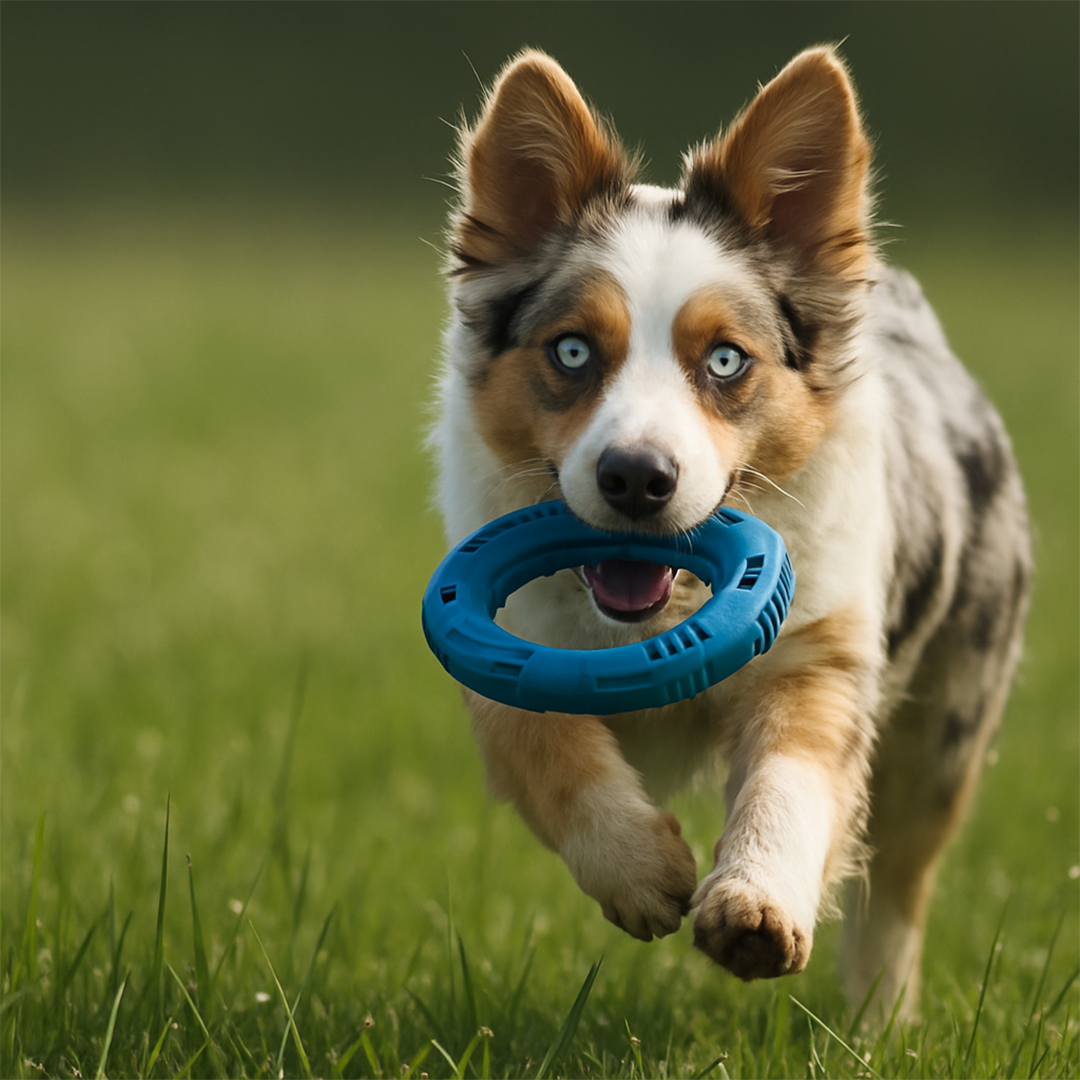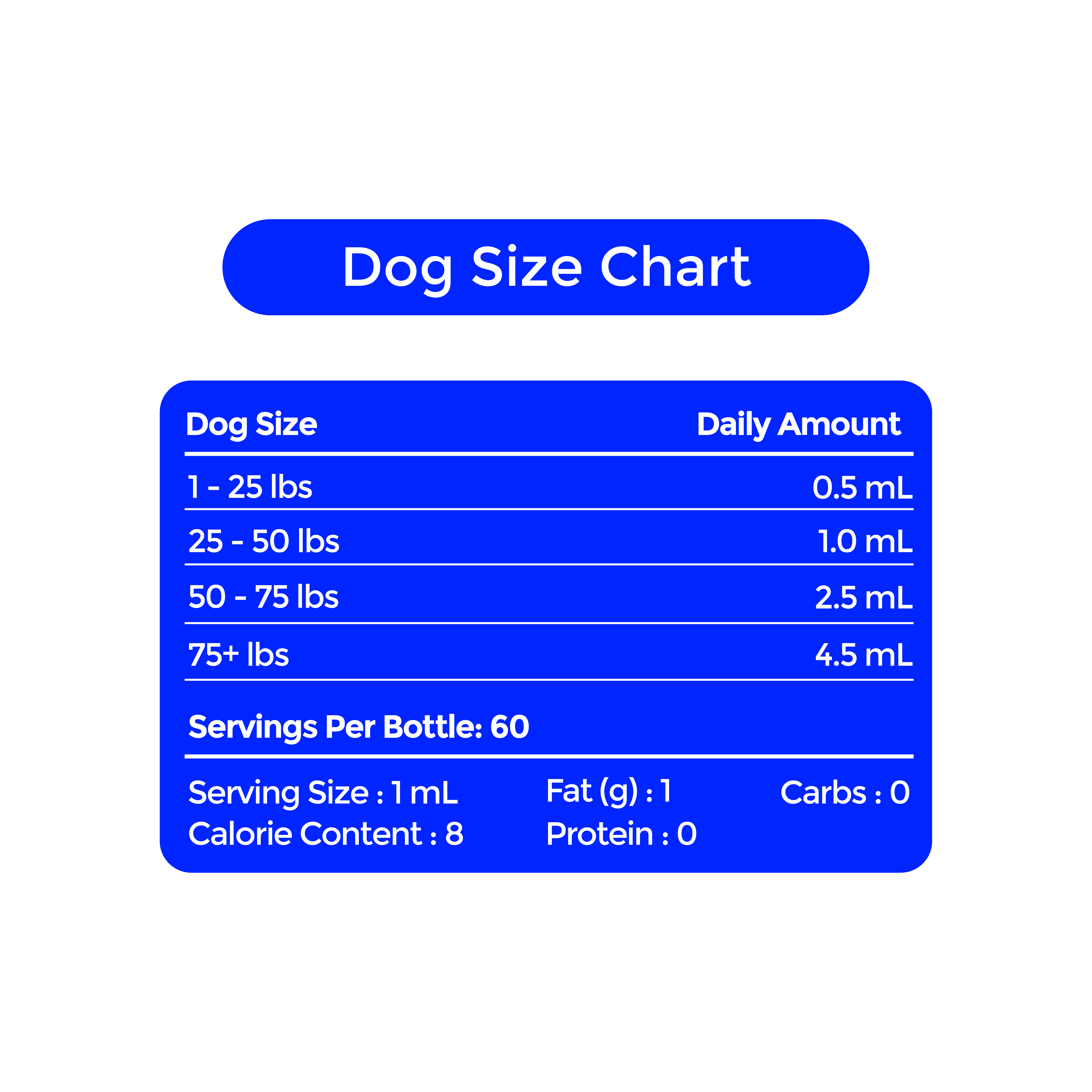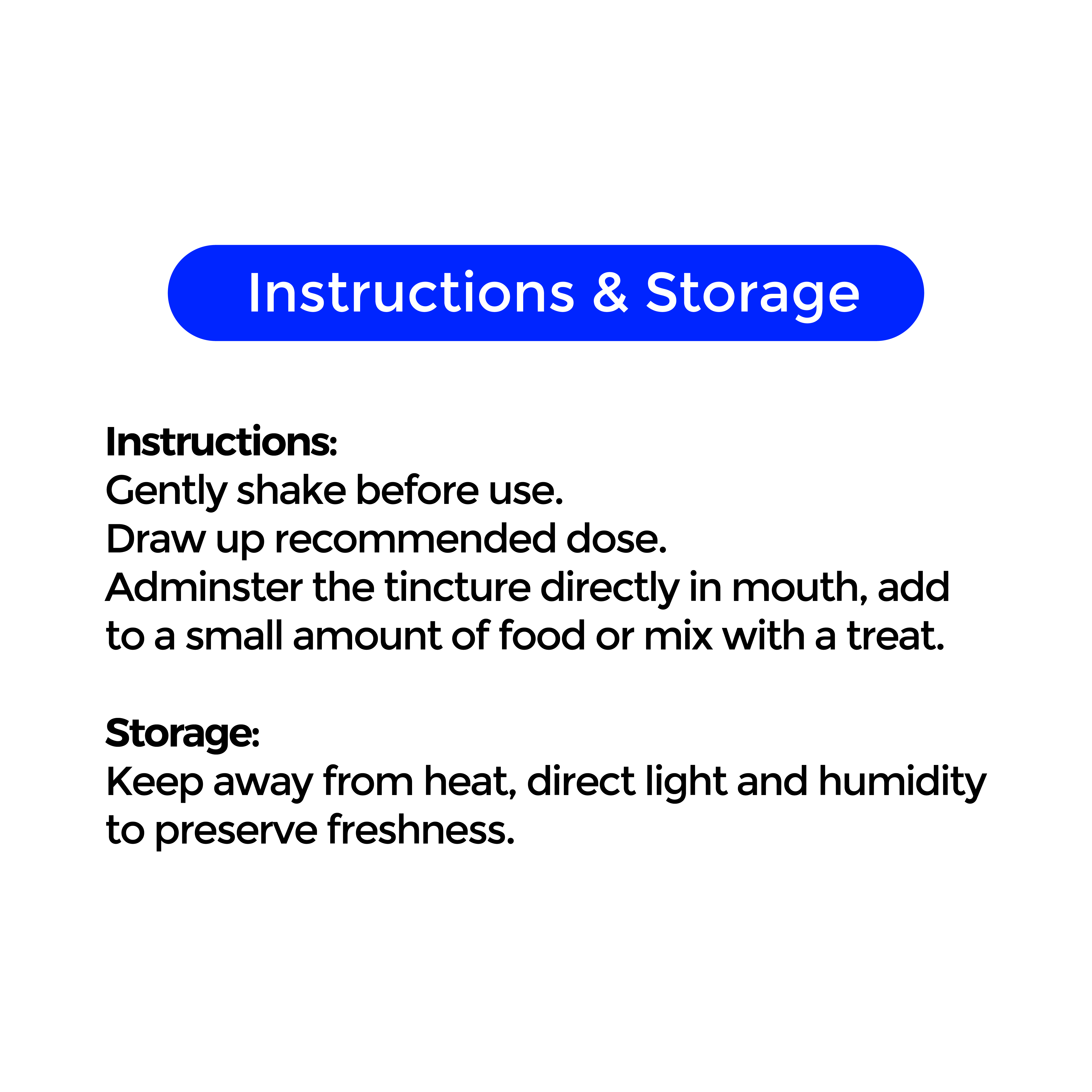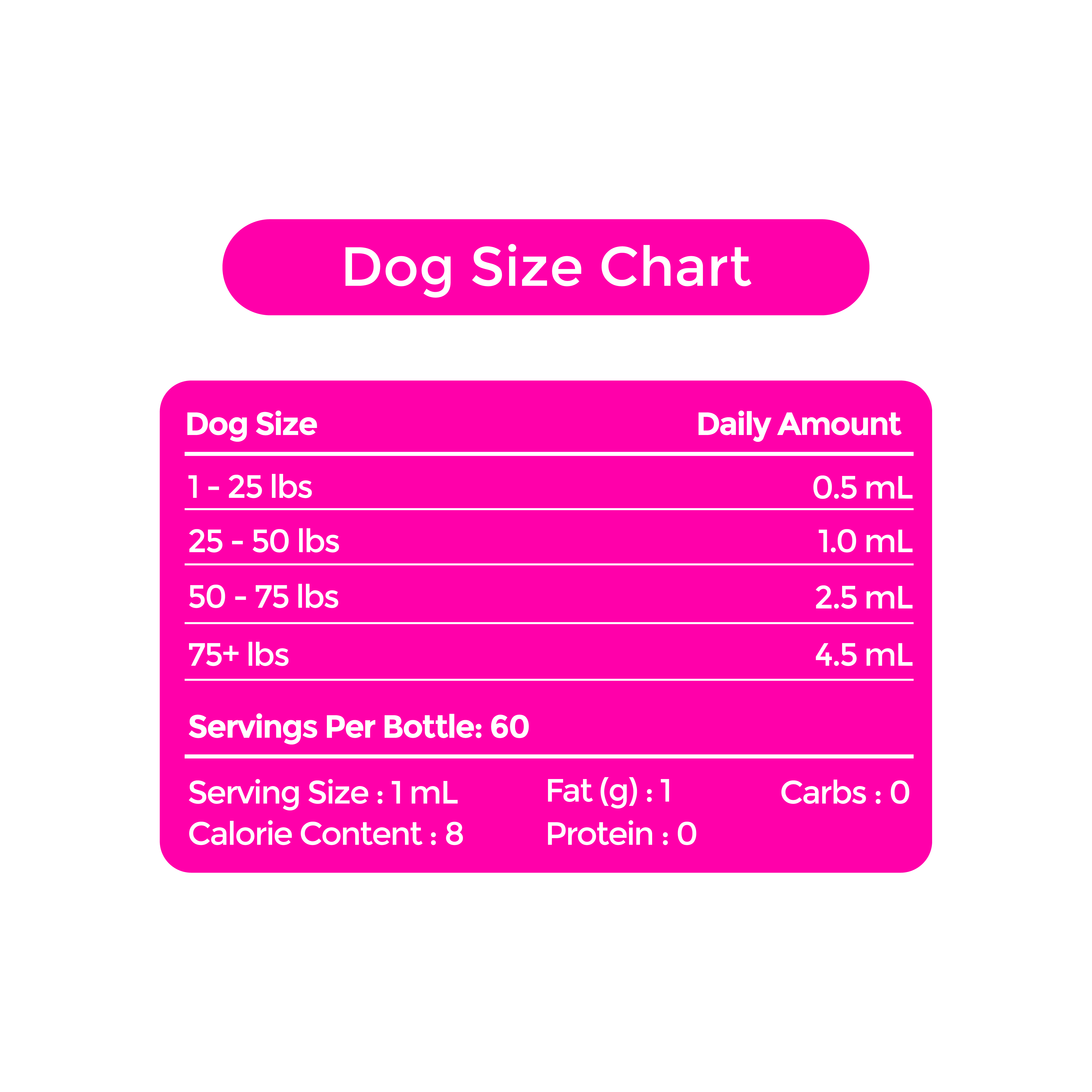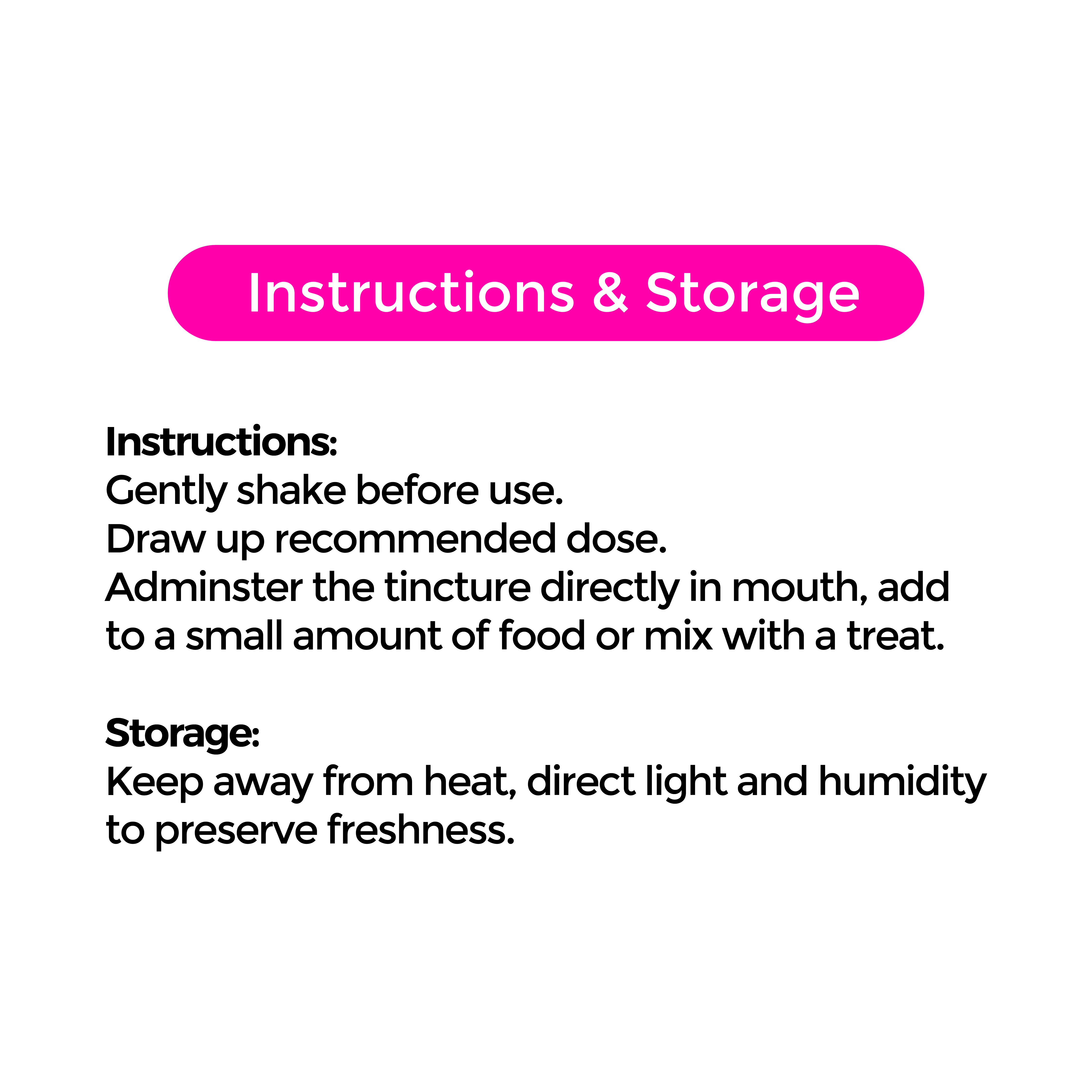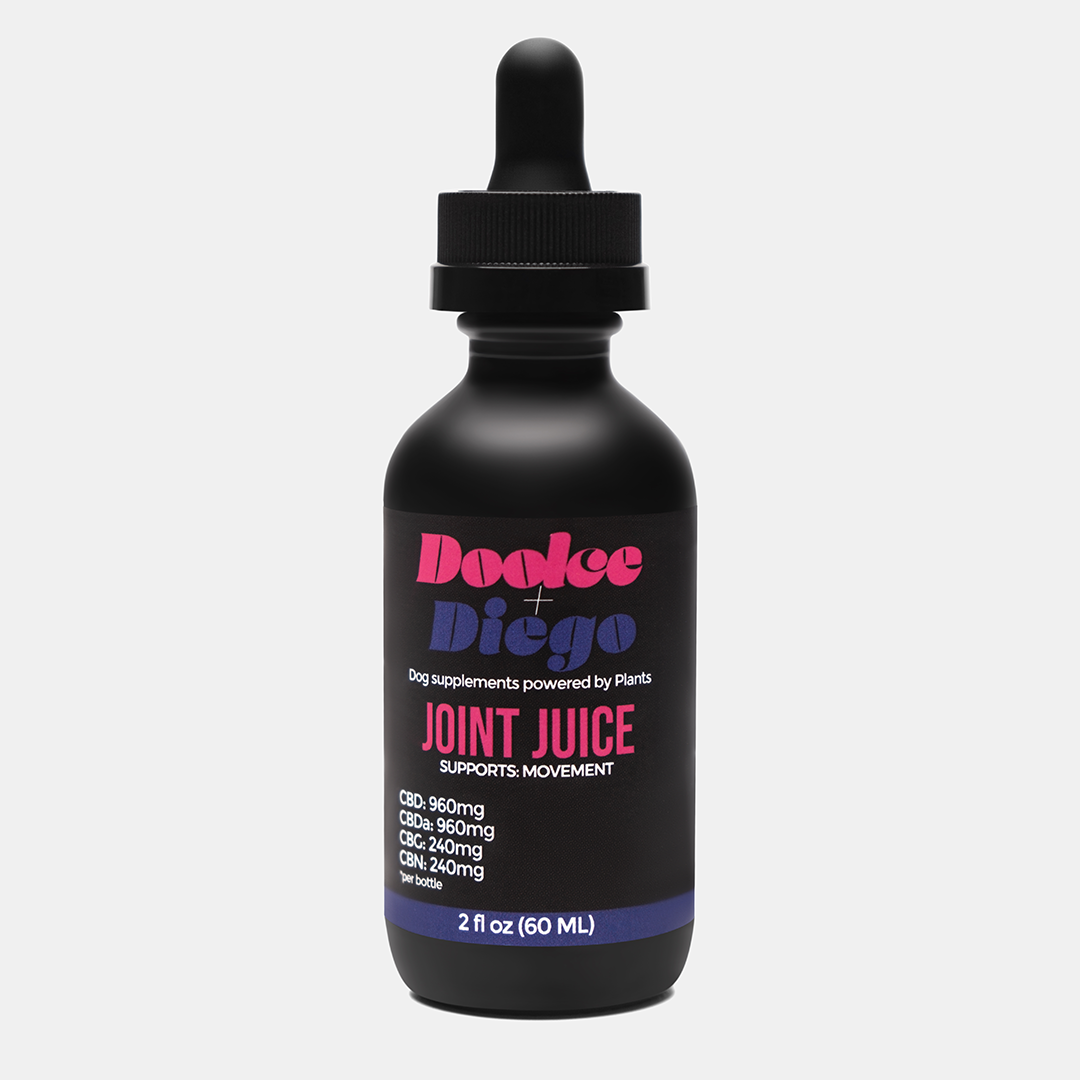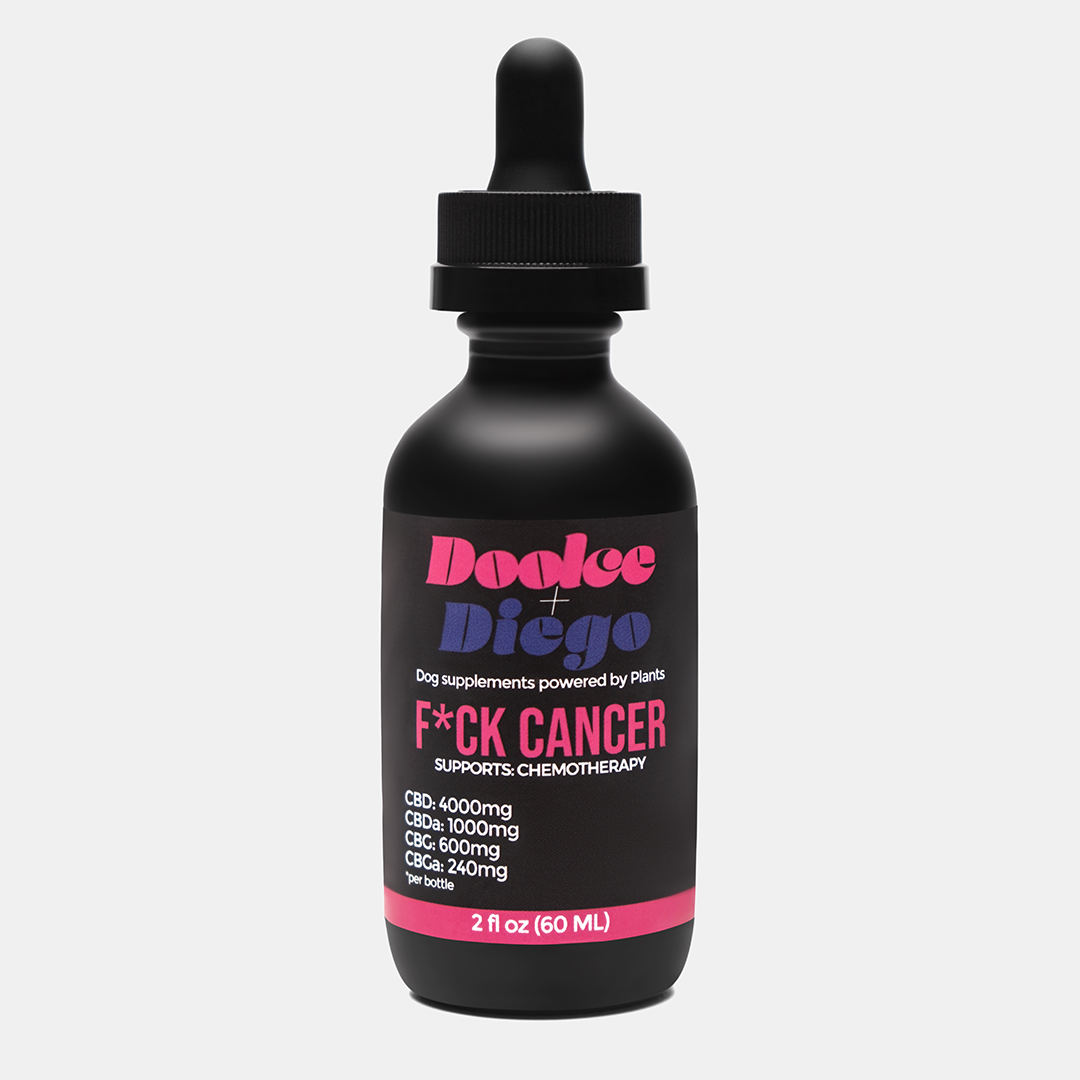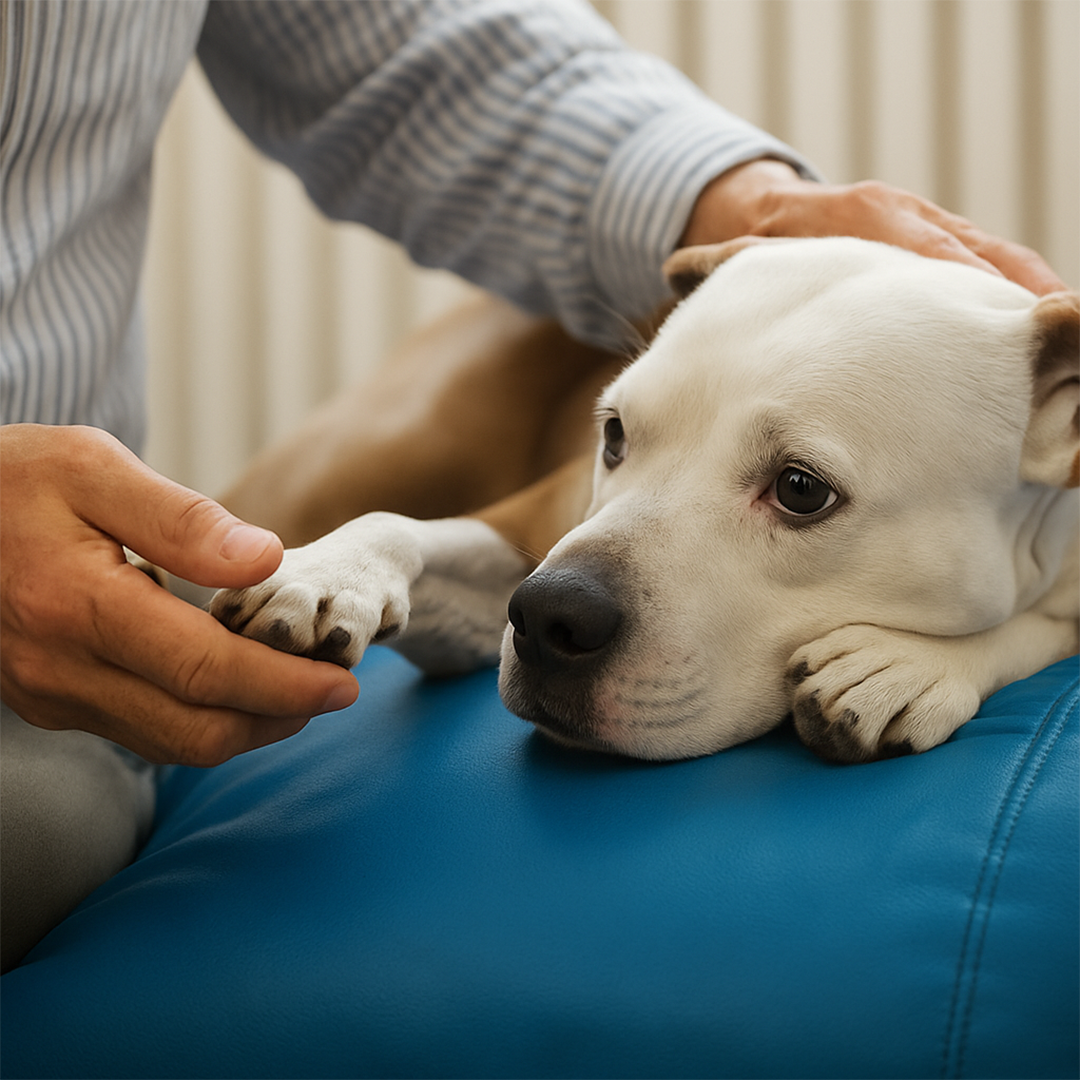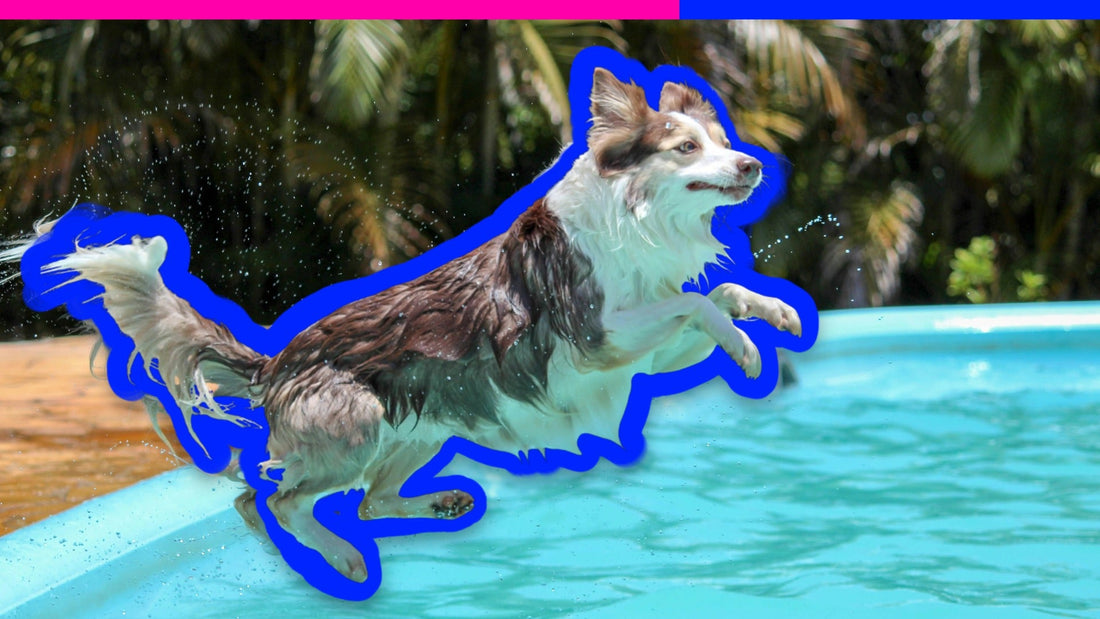
Outdoor Water Safety for Dogs at Pools, Lakes & Beaches
Photo by Murilo Viviani on Unsplash
A dog near water is basically a toddler with better fur: curious, fearless, and occasionally oblivious to danger. Whether it’s the backyard pool, a weekend lake trip, or a salty beach getaway, water play can be amazing enrichment—but it comes with risks most dog parents underestimate.
Here’s how to keep the tail wags high and the emergencies low.
1. Pool Safety: The Backyard Splash Zone
Risk: Dogs falling in and not knowing how to get out.
What it looks like:
- Pacing or whining near the edge
- Pawing at the pool wall without finding the steps
- Fatigue mid-swim
Possible causes:
- Slippery surfaces making it hard to exit
- Steep ledges without a ramp or steps
- Overexertion in warm weather
Safety tips:
- Install a dog-friendly pool ramp or teach your dog the exact exit route.
- Never leave your dog unattended near an uncovered pool.
- Rinse your dog after swimming—chlorine can irritate skin and eyes.
2. Lake Safety: Nature’s No-Lifeguard Zone
Risk: Hidden hazards and unpredictable water conditions.
What it looks like:
- Sudden yelping or limping after stepping on rocks or debris
- Drinking lake water and then vomiting
- Struggling against unexpected currents
Possible causes:
- Sharp sticks, fishing hooks, or broken glass underwater
- Blue-green algae (toxic if ingested)
- Strong currents from boat wakes or river feeds
Safety tips:
- Check for posted algae warnings before letting your dog swim.
- Use a dog life jacket, especially for small, senior, or low-stamina dogs.
- Keep swimming sessions short to avoid fatigue.
3. Beach Safety: Fun in the Sun… and Salt
Risk: Saltwater ingestion, rip currents, and heat exhaustion.
What it looks like:
- Excessive licking of paws and fur after swimming
- Diarrhea or vomiting hours after a beach day
- Being pulled further from shore by waves
Possible causes:
- Saltwater or sand ingestion
- Hidden jellyfish or sharp shells in the shallows
- Overheating from sun exposure and high activity
Safety tips:
- Offer fresh water regularly so your dog isn’t tempted to drink saltwater.
- Rinse your dog thoroughly to remove salt and sand.
- Keep them on a long-line leash if they’re not a strong swimmer or if waves are rough.
Final Tips for Safer Splashing
-
Supervise, always. Even “strong swimmer” dogs can panic or get fatigued.
-
Gear up. Life jackets save lives—look for bright colors for visibility.
-
Dry them off. Ear infections thrive in damp ears; towel-dry thoroughly.
-
Support recovery. Water play works muscles—follow it with a joint-supporting supplement like Joint Juice to keep them moving comfortably.
Water play should be fun—not a trip to the emergency vet. With a few simple precautions, you can keep your dog safe, happy, and splashing all summer long.
For more dog wellness tips, tricks, and tea — dig into the latest from Bark Times.


